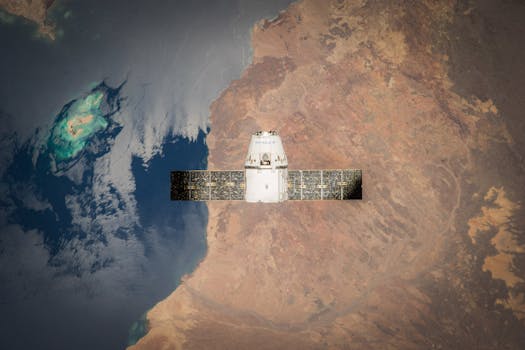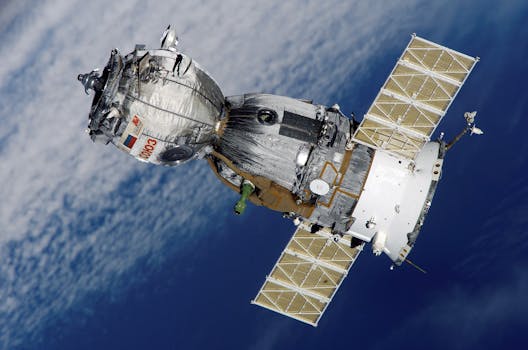From Geostationary to Low Earth Orbit: The Evolution of Satellite Telecommunications in 2023

From Geostationary to Low Earth Orbit: The Evolution of Satellite Telecommunications in 2023
Introduction to Satellite Telecommunications

Satellite telecommunications, Satellite Telecommunications, has revolutionized the way we communicate, enabling global connectivity and access to information. The technology has undergone significant transformations over the years, with the most recent shift being from geostationary to low earth orbit (LEO) satellites. In this article, we will explore the evolution of satellite telecommunications, its benefits, and the current state of the industry in 2023.
Geostationary Orbit Satellites

Geostationary orbit (GEO) satellites have been the backbone of satellite telecommunications for decades. These satellites are placed in a fixed orbit above the equator, approximately 36,000 kilometers above the Earth’s surface. They rotate in sync with the Earth, allowing them to maintain a fixed position relative to a specific point on the ground. GEO satellites have been used for various applications, including television broadcasting, telecommunications, and weather forecasting.
Limitations of Geostationary Orbit Satellites

While GEO satellites have been instrumental in establishing global connectivity, they have several limitations. One of the primary concerns is latency, which is the delay between the time data is sent and received. Due to the distance between the Earth and GEO satellites, latency can be significant, ranging from 240 to 280 milliseconds. This delay can be frustrating for real-time applications, such as video conferencing and online gaming.
Low Earth Orbit Satellites

Low Earth orbit (LEO) satellites, on the other hand, operate at much lower altitudes, typically between 160 and 2,000 kilometers above the Earth’s surface. LEO satellites have several advantages over GEO satellites, including reduced latency, improved connectivity, and increased access to remote areas. With LEO satellites, latency is significantly lower, ranging from 20 to 40 milliseconds, making them ideal for real-time applications.
Benefits of Low Earth Orbit Satellites

The shift to LEO satellites has brought about numerous benefits, including:
- Improved Connectivity: LEO satellites provide more comprehensive coverage, enabling connectivity in remote and underserved areas.
- Reduced Latency: LEO satellites offer lower latency, making them suitable for real-time applications, such as video conferencing and online gaming.
- Increased Access: LEO satellites can be used to provide internet access to remote and underserved communities, bridging the digital divide.
Current State of the Industry

In 2023, the satellite telecommunications industry is experiencing a significant shift towards LEO satellites. Several companies, including SpaceX, OneWeb, and Amazon’s Kuiper Systems, are launching constellations of LEO satellites to provide global connectivity. These constellations consist of hundreds or even thousands of satellites, working together to provide seamless coverage and improved connectivity.



